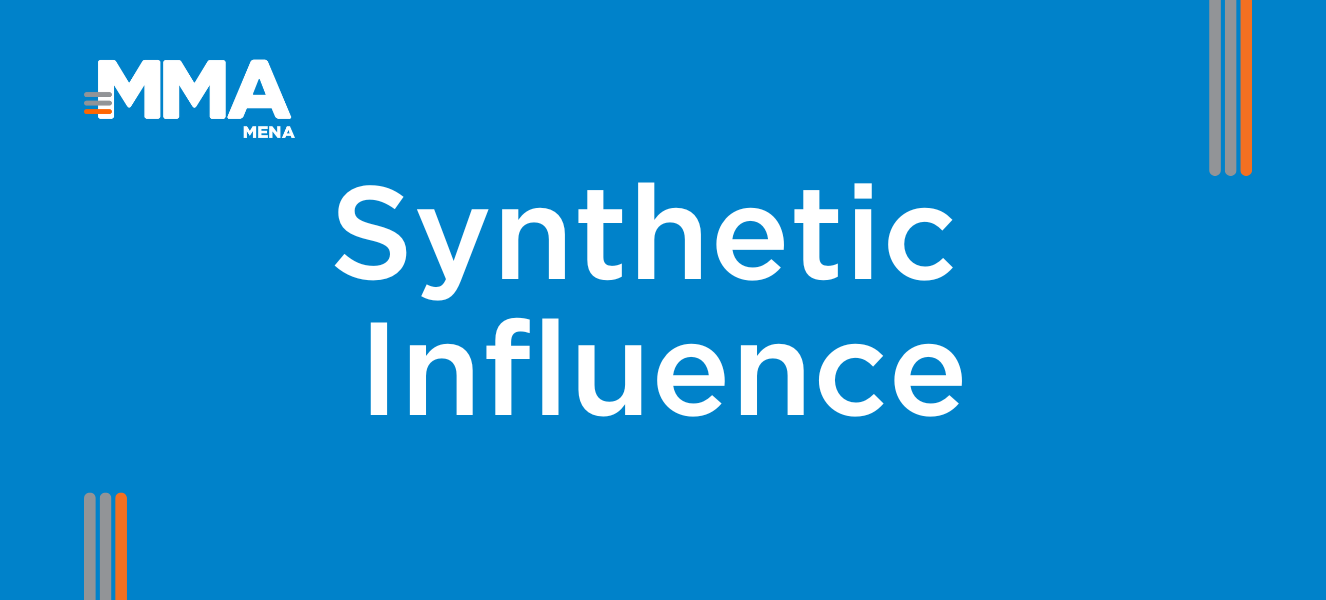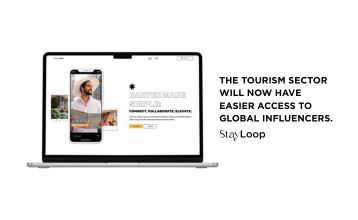
Synthetic Influence: How AI-Generated Personas Are Shaping Consumer Behavior
A New Era of Influence
Artificial intelligence (AI) and advanced language models have brought digital content creation to an entirely new level. But this transformation isn’t just about producing content faster or cheaper—it’s about reshaping the very nature of influence in marketing.
Today, those who affect consumer decisions—“influencers”—don’t necessarily have to be human. Enter a powerful new concept: Synthetic Influence.
What is Synthetic Influence?
Synthetic Influence refers to the persuasive impact created by AI-generated or AI-managed digital personas, virtual influencers, and algorithmically optimized content. This form of influence is amplified through aesthetic design, emotional intelligence, data-driven personalization, and algorithmic precision.
The term was introduced by Yaniv Makover (CEO of Anyword) in Episode 21 of the “Decoding AI for Marketers” podcast. Makover emphasized that large language models (LLMs) don’t just generate content—they also understand it deeply enough to predict how it will perform and influence decisions.
“People think LLMs just generate content. They don’t. They also understand content better. That’s why we can now predict which diaper ad will perform better with parents.” — Yaniv Makover
Examples of Synthetic Influence
• Virtual influencers like Lil Miquela or Imma with millions of followers on Instagram and TikTok.
• AI-generated and performance-optimized ad copy using platforms like Anyword.
• AI-powered video presenters and voice avatars used in product demos, tutorials, and commercials.
• Campaign messaging refined using sentiment and behavioral data to maximize emotional connection and conversion.
What Does It Mean for Marketers?
1. Move Beyond Reach—Focus on Real Impact
Synthetic Influence goes beyond traditional vanity metrics like likes and views. It focuses on shaping emotions, perceptions, and decisions in measurable ways.
2. Rethink the Definition of an Influencer
An influencer no longer has to be human. The brand ambassador of tomorrow could be entirely synthetic—but still highly effective and engaging.
3. Balance Authenticity and Ethics
As AI-generated content becomes more common, brands must be transparent about what is real and what is synthetic. Consumer trust depends on ethical boundaries and honest communication.
New Players in the Influence Game
Synthetic Influence is revolutionizing not only how content is created, but also who—or what—is behind the message. AI-generated personalities, smart content engines, and algorithm-powered strategies are becoming major players in today’s influence ecosystem.
For marketers, this shift opens up new creative opportunities and scale—but also demands greater responsibility. Building authenticity, brand trust, and ethical alignment will be essential for long-term success.
Small brands can now use AI to punch above their weight, creating smart, scalable campaigns that rival the efforts of much larger players.
Synthetic Influence is more than a trend—it’s a paradigm shift. It challenges conventional marketing logic and invites us to reimagine how we create, deliver, and measure impact.
Brands that understand this shift and strategically harness its power will be better positioned to connect with the digitally native consumers of tomorrow.

MMA MENA
Editor
Other Articles
ArabyAds Launches Household Graph, an Advanced Solution for Next-Generation Audience Targeting Across CTV and Mobile
11 November 2024
Connecting Data, Location, and Commerce: Logi5 Unveils Its Advanced Advertising Platform
19 November 2024
GAIO & GeoAI: The Future of Data-Driven Marketing
03 March 2025
All Articles


Stay Loop (StayLoop.co): A New Venture Offering Global Collaboration Opportunities for Content Creators
04 May 2025





